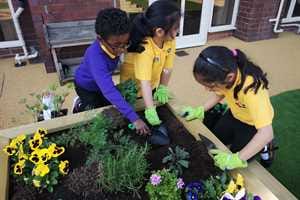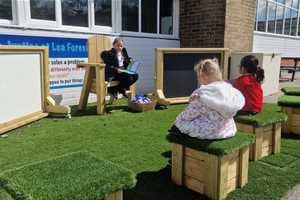
Outdoor Learning and Play
Teaching the Design and Technology Curriculum using the Outdoor Environment
Teaching Design and Technology in the primary years provides children with skills, knowledge and understanding in order to make functional products. Through creative and practical activities pupils can explore innovation and design in the world around them.
The Design and Technology curriculum involves two key elements:
- Exploring a range of relevant contexts and learning how things work.
- Learning to design and make functional products for different purposes and users.
Pupils become familiar with a variety of different materials and components. Research involves studying existing products, understanding mechanisms and control systems and developing an awareness of health and safety procedures.
Skills mastered in Design and Technology lessons help with learning across the curriculum. Presentations may be given, advertising end products which develops speaking and listening skills. Measuring and trial and error are key components of the mathematics curriculum and producing diagrams and prototypes helps with drawing accuracy.
Effective Design and Technology teaching encourages collaborative working with children helping each other to solve problems and to develop their knowledge of design and materials through communication. Many pupils particularly enjoy Design and Technology lessons as they can engage in practical work, making decisions and finding solutions for themselves. All of the senses are engaged as pupils create their own products which leads to a high sense of accomplishment.
Testing ideas, making changes and evaluating play key roles in the design process. Pupils learn to become resilient, to see solutions and to persevere. Design and Technology lessons allow pupils to demonstrate their creativity and imagination by putting their own unique, creative stamp on their designs and products.
The remainder of this blog will focus on different Design and Technology projects which can take place outdoors, utilising a school playground or garden.

When beginning a new Design and Technology unit it can be useful to present pupils with a problem that they must try to solve. Different pupils will approach a problem in different ways; therefore the end product will not be prescribed by a teacher. Pupils will be given more opportunities to express their creativity, which can really motivate learners to succeed.
It is useful if a problem posed appeals to the interests of learners. Children are often motivated when there is a ‘real’ problem that impacts the school community and matters to them.
Materials and Mechanisms
Helping Humpty Dumpty
Young learners can be set the task of designing a contraption to help Humpty Dumpty to travel safely from a high wall back down to the ground. Using materials such as: cardboard, cardboard boxes, foil, string, balloons, plastic cups, cotton wool, bubble wrap and paper clips pupils can drop a hardboiled egg from a set position on a play tower or raised area.
Pupils may need to think about a container, internal padding and external protection. Designs can be drawn and if Humpty survives his initial fall, pupils could try dropping their eggs from different heights and altering their design. Perhaps two eggs could be tested or pupils could try landing their contraptions on different surfaces: grass/pavement/sand/water
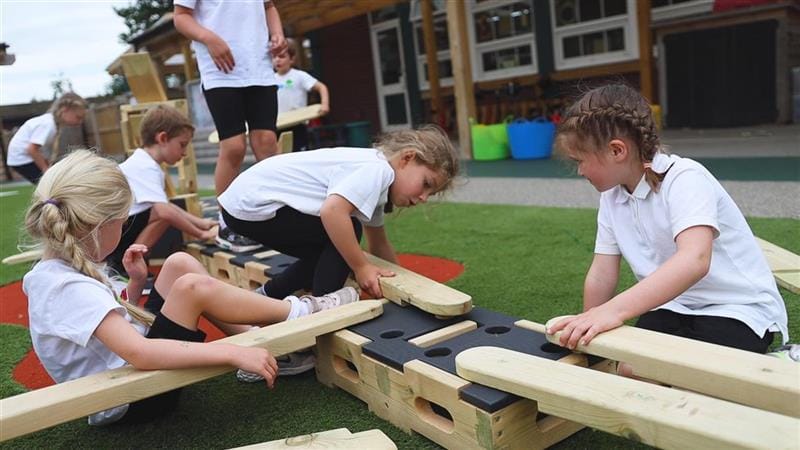
Creating a Catapult
After learning about the historical use of catapults, pupils can work together to make their own using lollipop sticks, elastic bands, white tac and ping pong balls. Pupils will gain an understanding of how levers work and how potential energy transforms into kinetic energy. Once constructed, pupils will be ready to fire their catapults in the playground. The distance the ball travels will be considered and also the accuracy of the shot. Can the ball successfully hit a target? Designs can be altered to improve upon distance and accuracy.
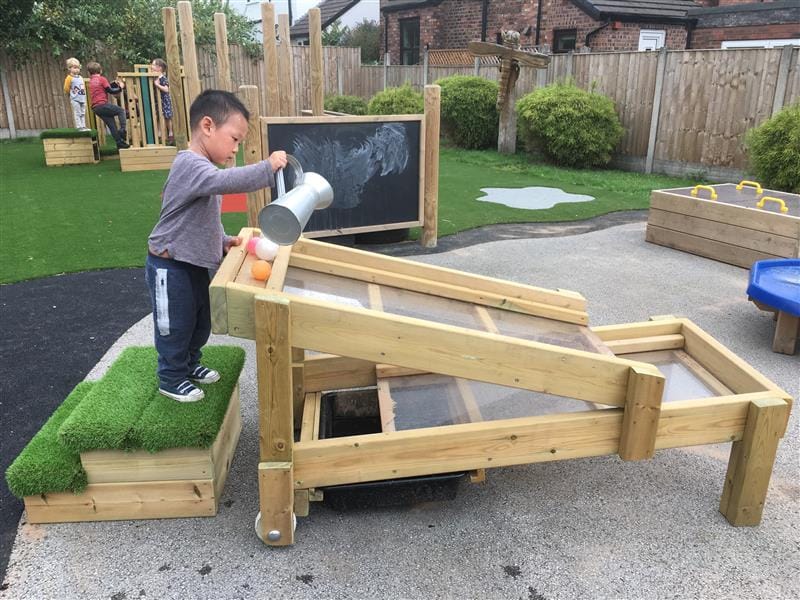
Graceful Gliders
Provide pupils with a selection of different materials such as card, white tac, straws, paperclips, scissors, tape and wooden skewers. After researching different planes and their wing shapes, challenge children to create their own glider. Pupils will need to choose a sturdy material to form the body of their glider and decide upon wing and tail shape. Pupils can experiment with adding weight to the front of their glider and refine their design accordingly. Distance travelled and length of time in the air can be measured and recorded. Pupils can experiment by creating gliders with different wing shapes and angles.

Moving across Water
Using strong cardboard, straws and elastic bands challenge pupils to become marine engineers and to make their own rubber band powered paddle boat. The paddle boat that can travel in a straight line for the greatest distance is the winner. Encourage pupils to draw out their initial design and to revise it after feedback. When testing, in Pentagon’s Water Table, observe how different designs work and measure the distance travelled by the boat. Children may further their investigations by using plastic materials and adding a seat to carry (toy) passengers.
Structures
Den Building
Challenge pupils to build a den in the school grounds for another year group that require a shelter from rain/sun. Provide the children with a set of design criteria such as:
- The den must stay dry
- There must be enough room for 3 children
- There should be a space for playing board games
- Include bright and colourful decorations to appeal to younger children.
Pupils will need to be able to construct a stable structure that can withstand weather conditions. They may decide to use dowel rods, twine, dustsheets, groundsheets or make use of Pentagon’s Den Making Posts. Rope can be tied between trees to create dens and children can practise tying different knots.
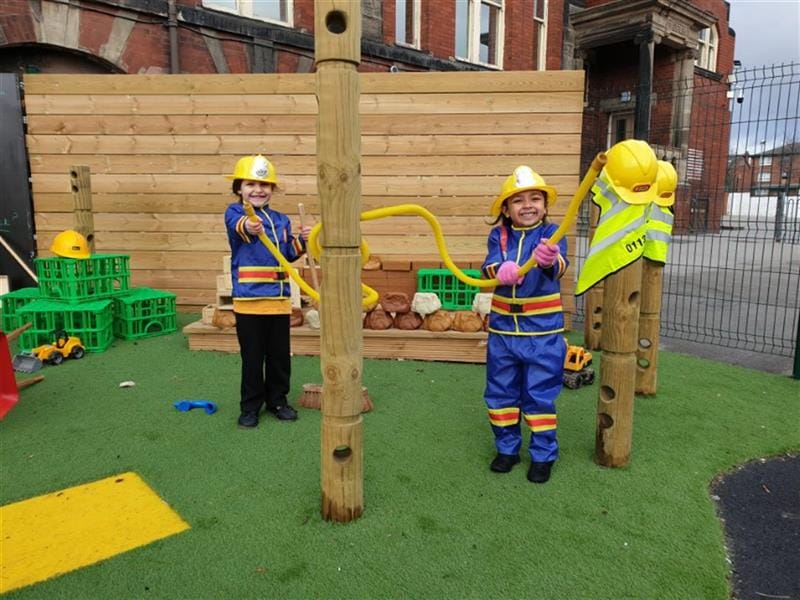
A Chair for Three Bears
The Three Bears are in need of a new chair since Goldilocks broke poor baby bears! Ask pupils to build a new ‘super chair’ that all three bears (3 cuddly toy bears) can comfortably sit on. Pupils will need to create a stable chair that is comfortable and easy to get into, they may even decide to include some imaginative, special features. A range of materials can be made available to pupils such as cardboard boxes, paper for rolling, Lego bricks, Pentagon’s brand-new Play Builder sets and Play Blocks. Students will work together to build, test and improve their design before presenting their finished product.
Animal Homes
After comparing different animal homes, pupils can be asked to design, build and construct a home for an animal or pet that will meet its needs. Pupils will need to ensure that their structure protects the animal from adverse weather conditions and predators.
Homes can be built using natural materials such as sticks, grass, mud and rocks or man-made materials such as cardboard, paper, glue, paperclips, split pins, string and plastic.
Children can practise different techniques using natural materials such as simple weaving using grasses to create a bird’s nest. Further design criteria can be given to pupils such as: The Animal Home must include:
- A space to store food and water
- A space to sleep
- An exercise area
- A door that opens and closes to keep the animal safe.
.jpg)
Cooking and Nutrition
Christmas Biscuits
Ask pupils to design and make some biscuits to sell at the Christmas Fayre. Using mint leaves grown in the school garden, pupils will need to consider size and shape of their biscuits. They will need to think about uniformity, appropriate packaging and cost of their products.
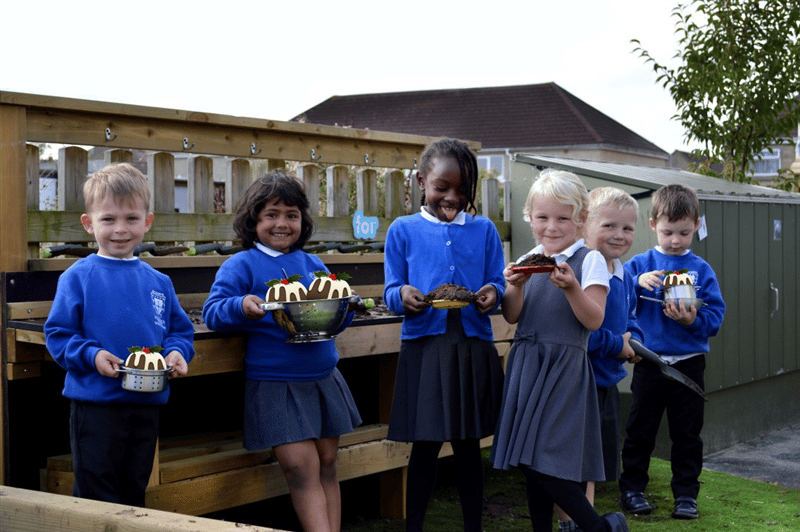
Super Smoothies
Using a mixture of fruit and vegetables both grown in the school garden and shop bought, pupils are to design and make the ultimate smoothie. After initial taste tests pupils will need to make decisions about the types of fruits and juices/milk they will use to create a healthy smoothie that will appeal to a target audience. Pupils will learn how to safely prepare fruit and vegetables that they have grown and demonstrate how to use a knife to cut safely. Children can evaluate their prototype smoothie based on appearance, taste, texture, consistency and cost before they refine their ideas to produce a final recipe.
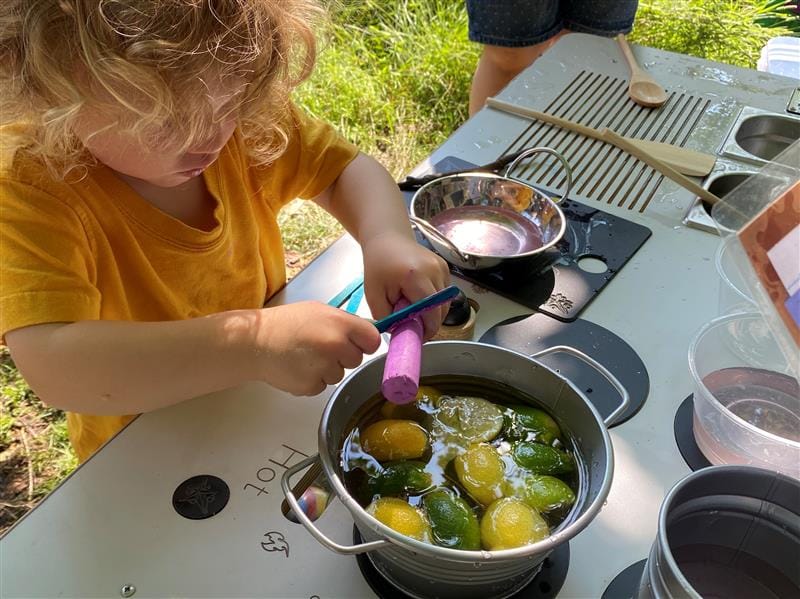
Design and Technology provides a constructive channel for a child’s creative needs. Working as a team, pupils develop effective communication as they learn to formulate ideas. Pupils develop a range of practical skills, carefully considering design problems which helps to prepare them for an ever-changing world. Notable designers and inventors throughout history can be studied and research may introduce pupils to technology from a range of cultures. Design and technology allows children to apply their maths and science learning to create something that is ‘real.’ Topics should be engaging and relevant, helping to prepare for future engineers.
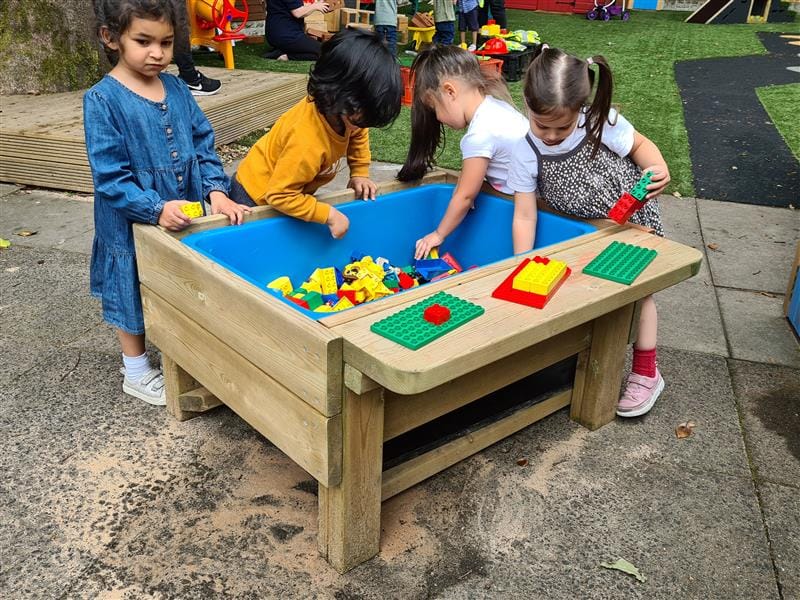


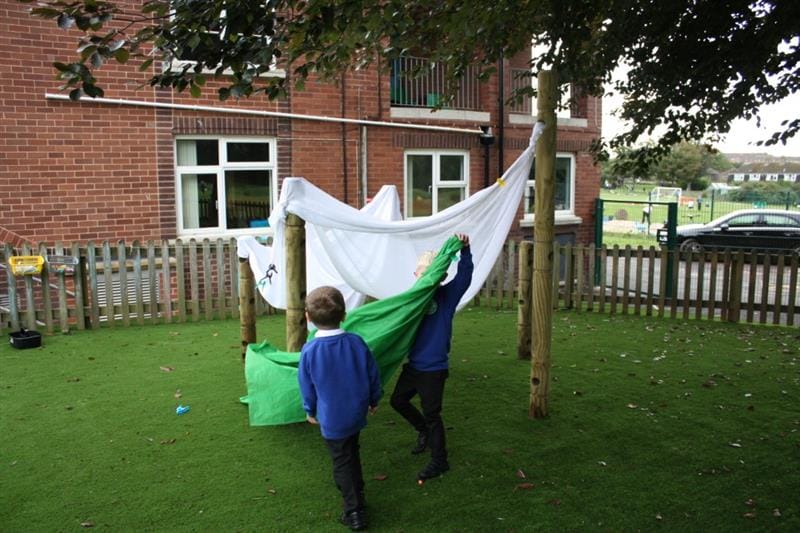
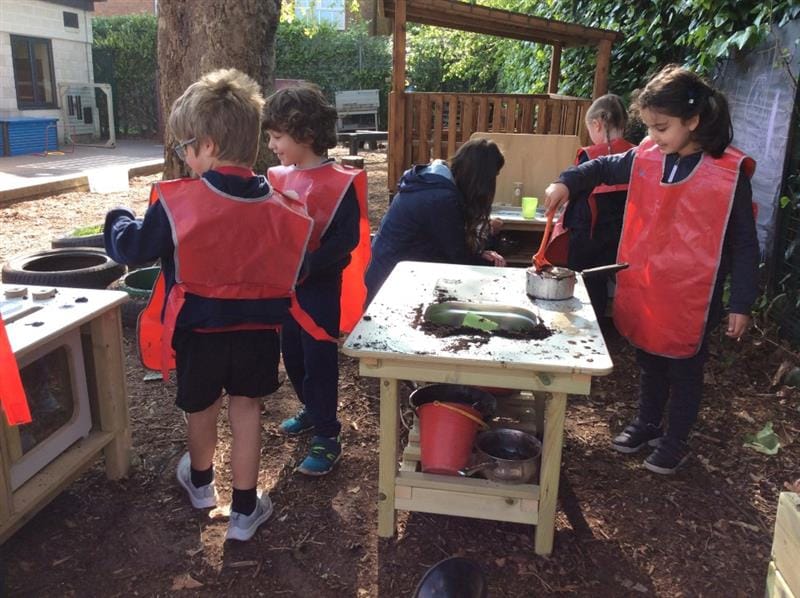

.JPG)

